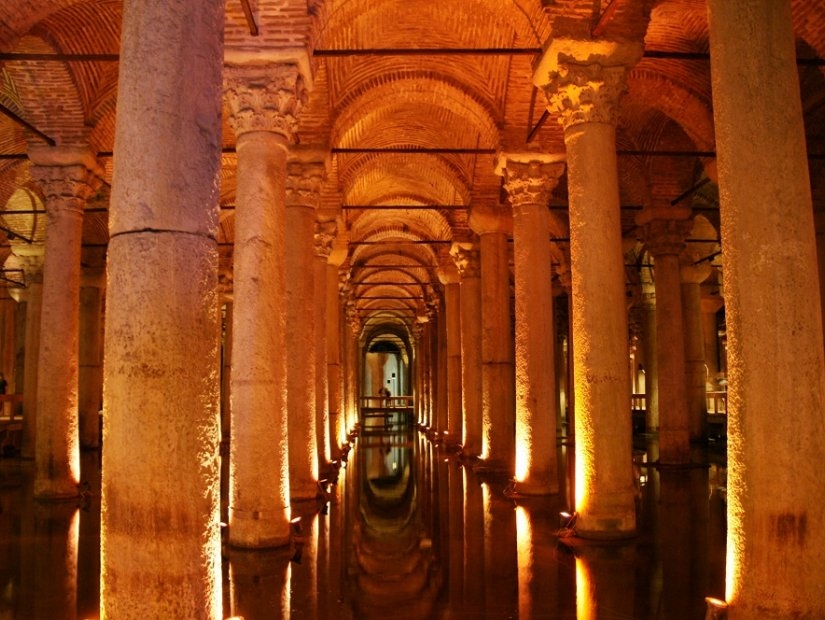Blog
The Basilica Cistern
The Basilica Cistern
The Basilica Cistern, located southwest of Hagia Sophia, is one of Istanbul's most beautiful ancient structures. Because of the marble columns rising from the water and innumerable seemingly similar structures, this huge underground cistern built by Byzantine Emperor Justinian I (527-565) was dubbed Yerebatan Palace by the locals. Because there is a Basilica in the area where the cistern is located, it is also known as Basilica Cistern.
Cisterns are subterranean structures that are used to supply the water demands of cities. Cisterns are used for storing rainwater and freshwater for the residents of the city to use. These water-supply cisterns are utilized to satisfy the water demands of the entire city, especially in areas where water is scarce. It is believed that there are 200 cistern constructions in Istanbul. Only six of them are open to the public, Basilica is the largest of these. Basilica Cisterna Istanbul is also one of the most visited museums in Turkey and ranks third.
Mysterious Medusa Heads
The bases of two columns in the northwest corner of the cistern reuse blocks engraved with Medusa's face. Walk all the way to the far left corner of the cistern to view the two Medusa heads. Both heads, one upside down and the other tilted to the side, are casually used as column bases. Their origin, as well as their position, has remained a mystery until now.
Medusa, also known in Greek mythology as Gorgo, was one of the three terrible Gorgons, who were described as winged human beings with living deadly snakes for hair. Those who gazed into her eyes were turned to stone.
According to one theory, Gorgona paintings and sculptures were used to guard important buildings and locations at the period, which explains why the Medusa's heads were placed there.


